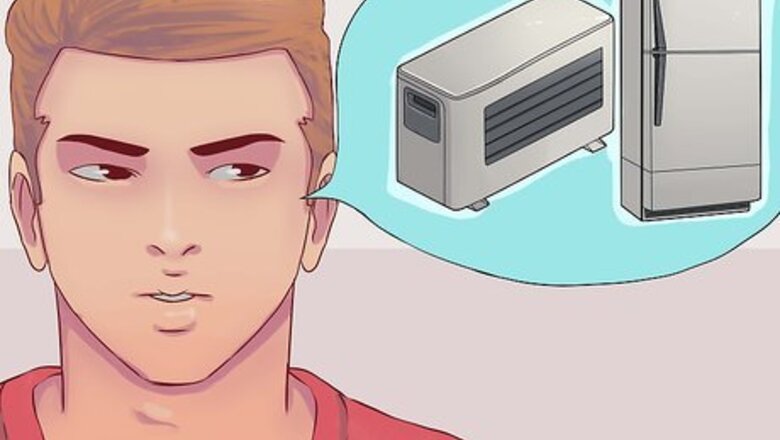
views
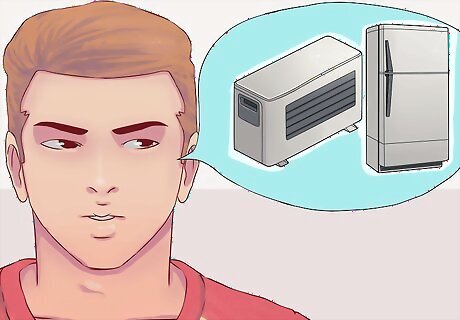
Decide which home conveniences you'd like to be generator accessible. This usually includes the refrigerator, stove and other essential appliances.

Access your fuse box and calculate the amount of power that will be demanded of the generator to run each of these devices separately.
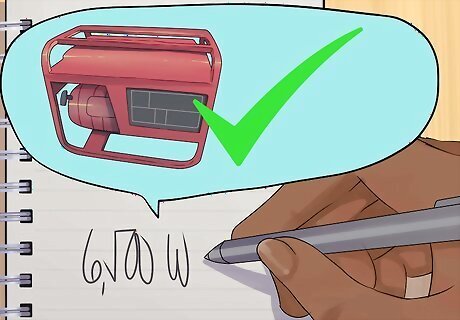
Confirm that the amperage of needed power does not exceed the generator's capacity. The combined amperage may exceed the generator's capacity as long as the instruments aren't running simultaneously.
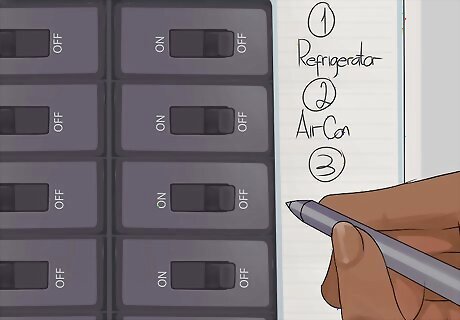
Assign each appliance a number which coincides with its circuit and label this in the circuit breaker of the switch. The sizes of the assigned breakers must be equal in both the transfer switch and the home's load center.
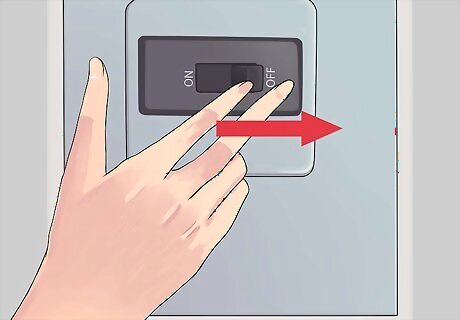
Cut the main power supply to the circuit breaker.
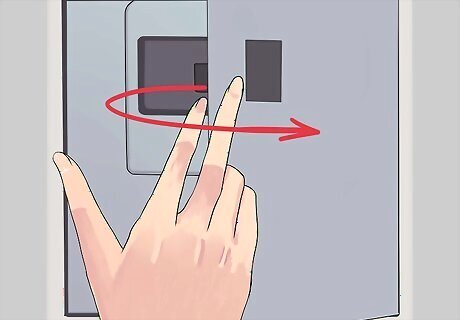
Take the cover off of the circuit breaker.
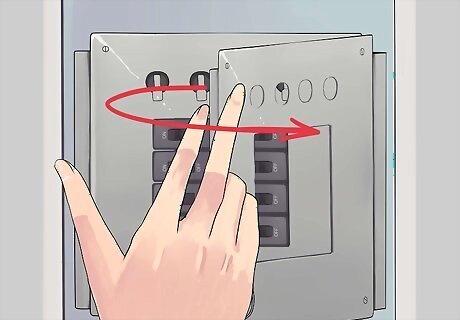
Remove the cover of the transfer switch. The transfer switch is the device that disconnects the supply power from the local utility company and transfers the supply line to the emergency subpanel. Failure to install the transfer switch can result in combining voltages and damaging every electrical device in the house. The size of the transfer switch should be according to the power requirements of the sub panel.
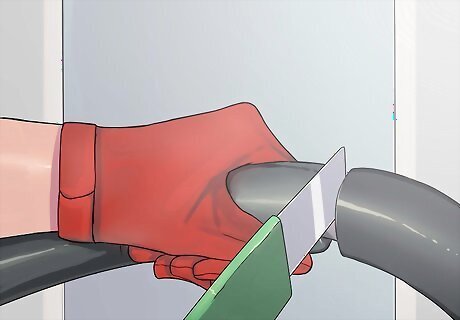
Trim the unit's insulating tube, which will cover the wires, to a workable length using a utility knife.
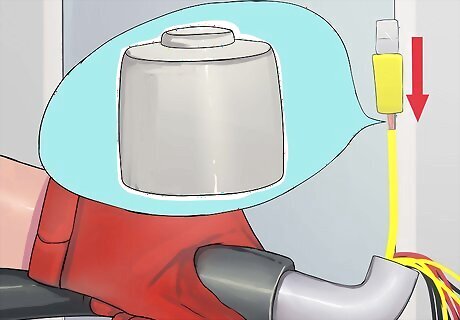
Attach the connectors to the wires using PVC cement.
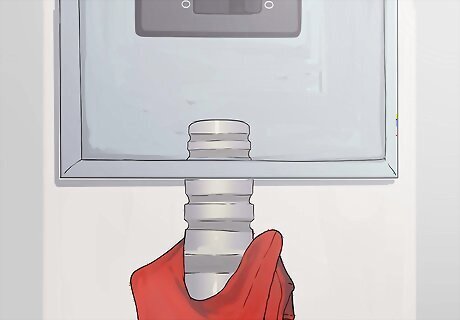
Use the transfer switch's wiring harness to connect the unit to the circuit breaker. The wires should be drawn through 1 of 3 knockouts located on the underside of the switch. They should join the circuit breaker through a knockout found at the bottom of the box.
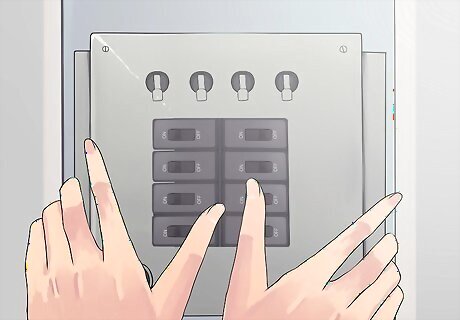
Lift the transfer switch up to the wall where it is to be installed and label the placement of the mounting screws. The transfer switch should be placed roughly 1 1/2 feet (45.72 cm) away from the midpoint of the main circuit breaker.
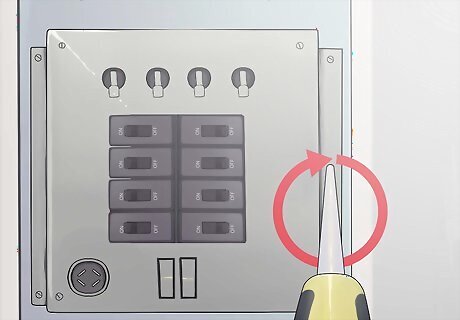
Affix the transfer switch to the wall, using mounting screws.
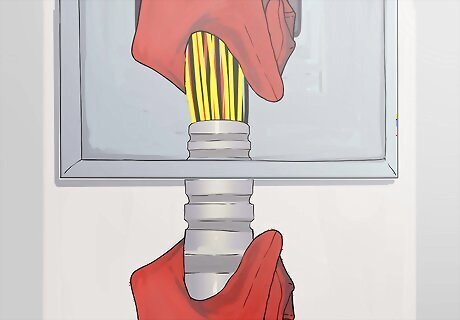
Pull the bundle of wires through the insulating tube.
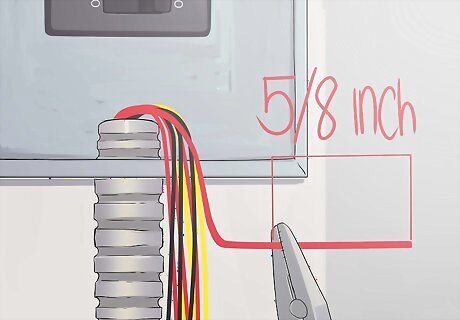
Trim 5/8 inch (1.59 cm) from the covering of each individual wire.
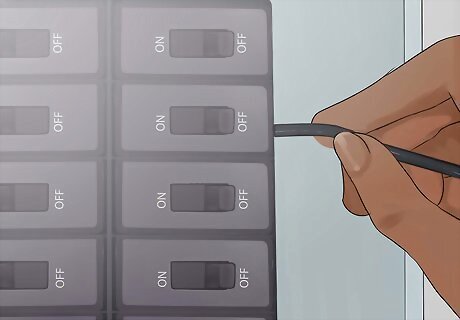
Join the wires to the transfer switch referring to the labels created previously.
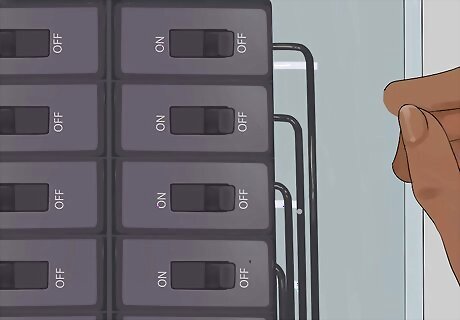
Label each wire according to the appliance it supplies.
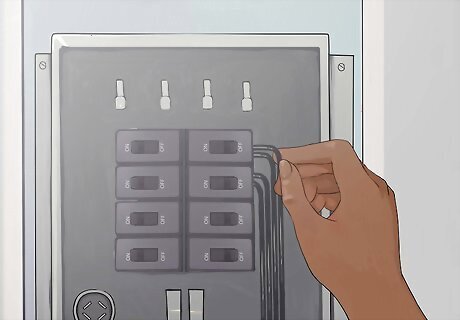
Attach the miscellaneous black wires to the Utility 2-pole breaker in the transfer switch.
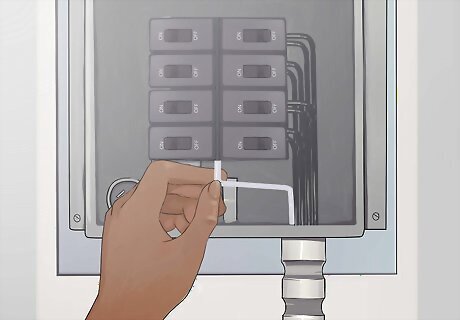
Join the white wire to the neutral area located in the middle of the transfer switch.
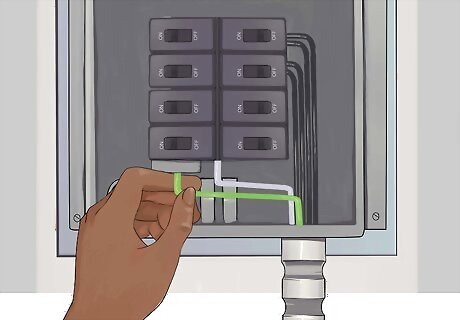
Join the green wire to the grounding bar on the left side of the lower portion of the switch.
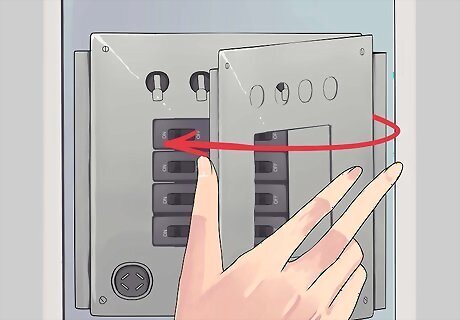
Put the cover back on the transfer switch.
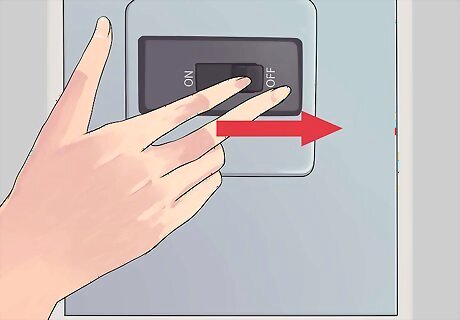
Confirm that the power supply is cut off at the main load center.
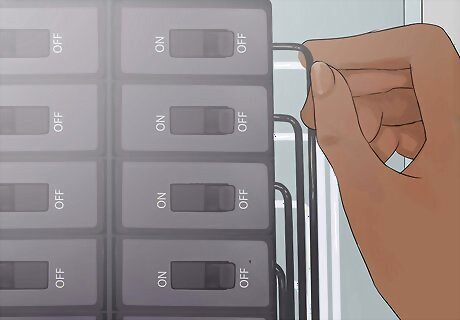
Detach the assigned wires for each appliance from the circuit breaker box.
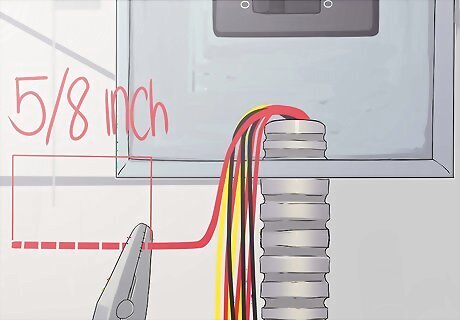
Trim 5/8 inch (1.59 cm) from the covering of each individual wire.
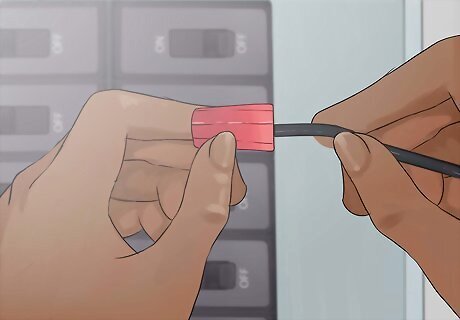
Attach to the transfer switch using wire connectors and again referring to the labels.
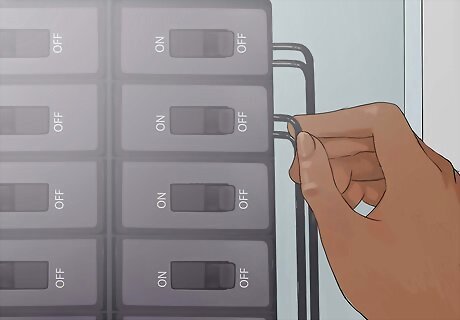
Join the miscellaneous black wires to the new 2-pole breaker.

Detach the 2 individual pole breakers from where each assigned appliance wire was removed.
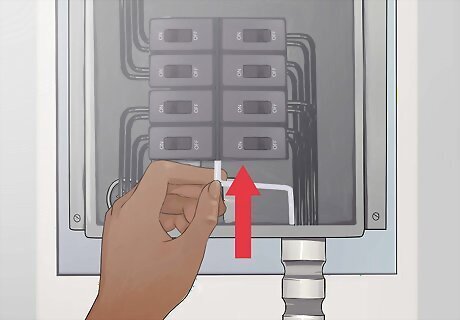
Attach the white wire to the neutral bar.
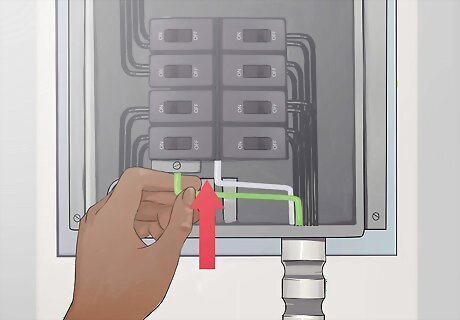
Join the green wire to the ground bar. If a ground bar is not present, join the green wire to the neutral bar.
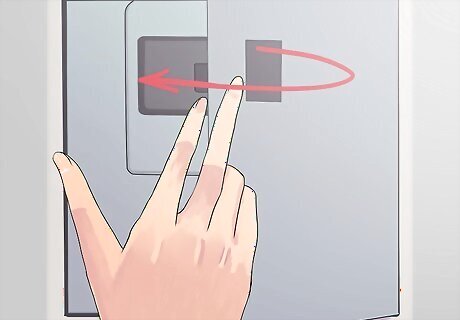
Put the cover back on the main circuit breaker, and restore the power supply.
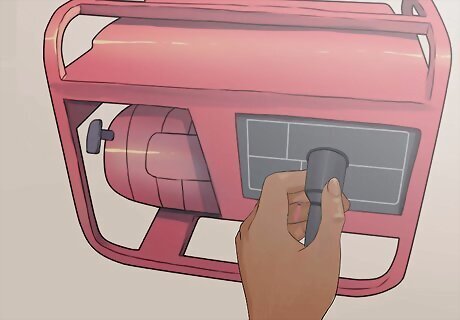
Convert to generator power and return to utility power as per manufacturer's instructions.



















Comments
0 comment